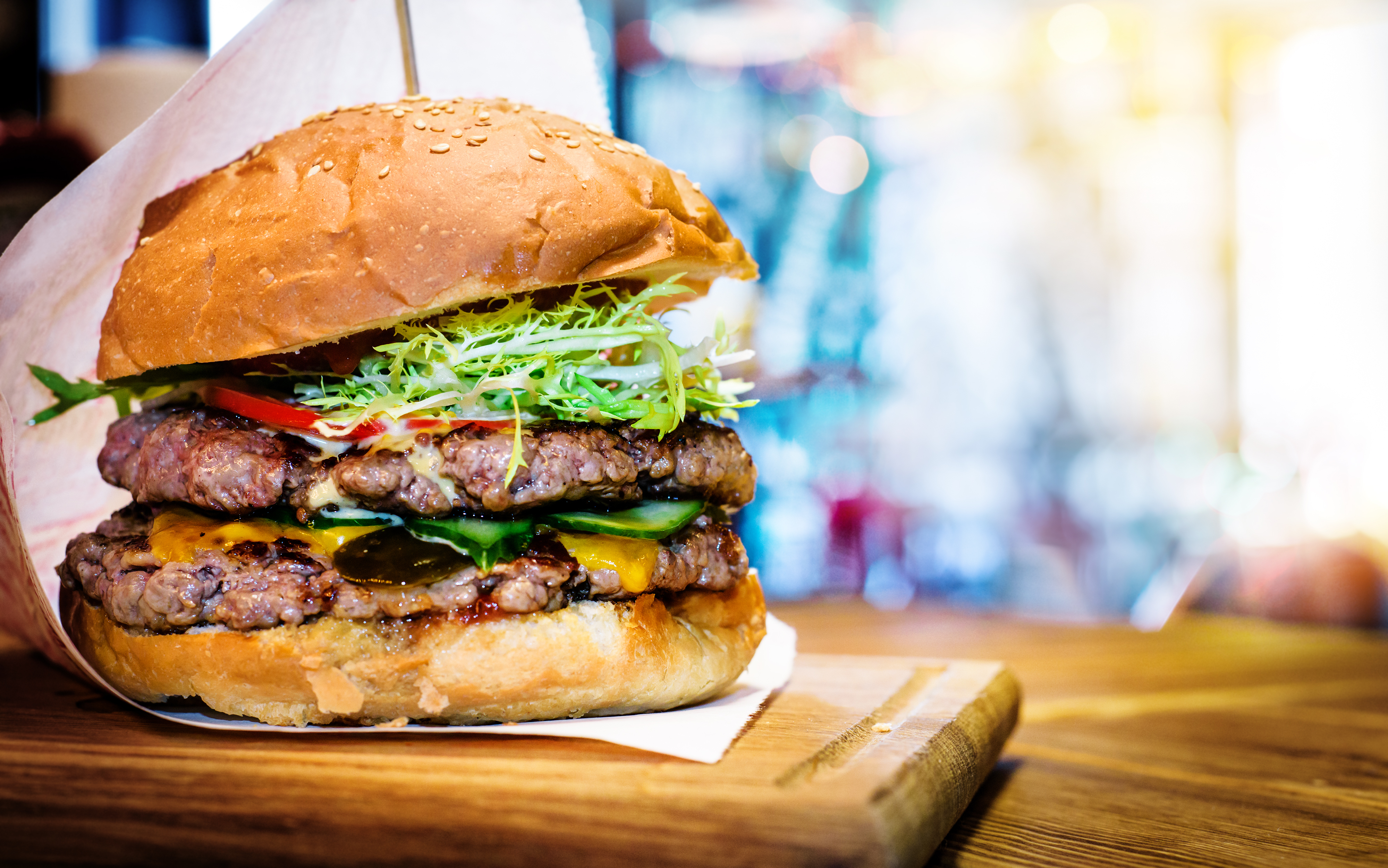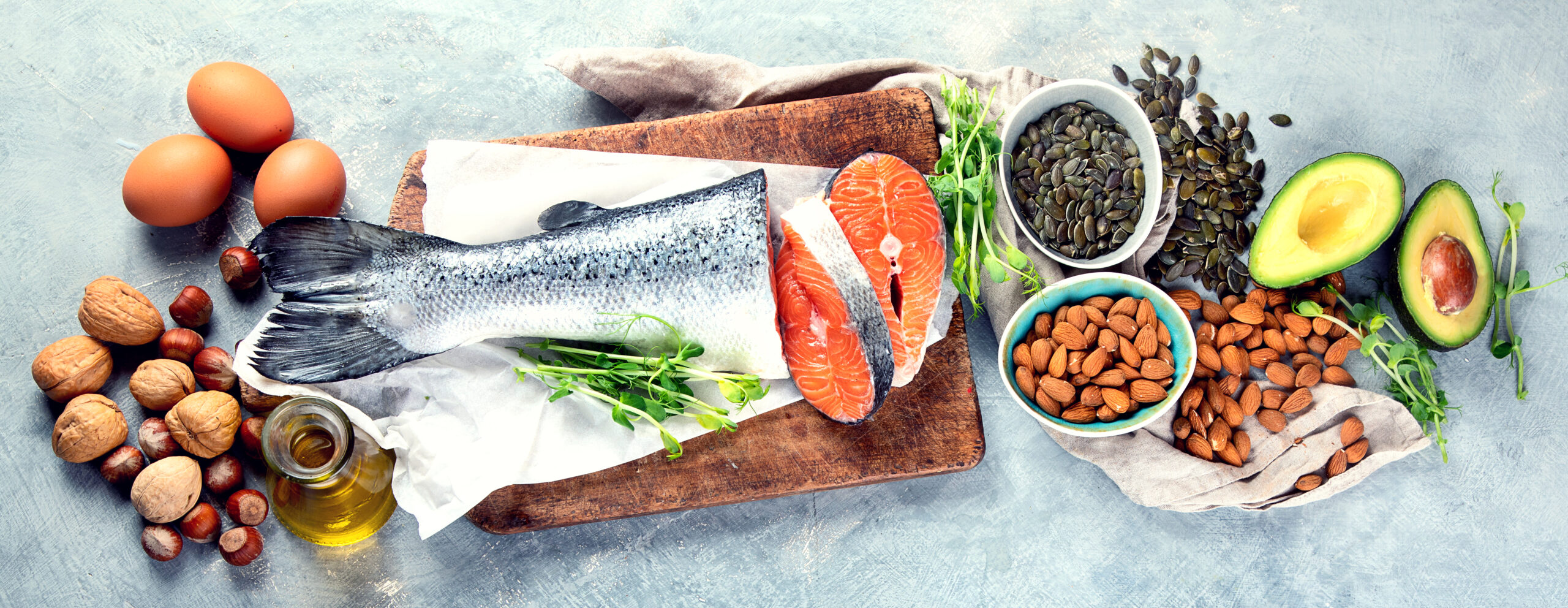More than 30 years ago, television audiences nationwide laughed at the now-classic catchphrase, “Where’s the beef?” used by an elderly woman who demanded more meat in her Wendy’s hamburger. Fast forward to today and, ironically, many of today’s consumers are opting for food items that exclude the beef—along with a host of other meat products.
While veganism has traditionally been a lesser-lived food lifestyle option, it is now gaining impressive traction for a variety of reasons.
While some people choose this animal-free lifestyle simply because they do not want to consume anything animal related, emerging concerns include the perceived improvements to health and weight maintenance and environmental issues/conservation of natural resources. As a result, alternative food options that contain zero-to-little animal byproducts are rapidly gaining popularity.
Not surprisingly, food and restaurant giants, such as Burger King and Tyson Foods, are jumping on the bandwagon, introducing meatless alternatives to chicken and beef foods. The plant-based “meat” arena has gone from niche to mainstream—and is predicted by some to grow into a $140 billion industry.
One of the hottest new meat-free products on the market is the new Impossible Burger from Impossible Foods. This product is comprised solely of plant-based materials—the main ingredient being soy, along with coconut and sunflower oils, potato proteins, yeast extract, and various other “binding ingredients.” These products are based more on science than nature.
The Impossible Burger is not only available in popular restaurants and fast-food chains throughout the country, but it is also for sale in grocery stores nationwide, providing a meat substitute at home that feels, tastes, and smells like beef. One trait that sets it apart from the competition is its ability to “bleed.”
Of course, all new trends have their cheerleaders and naysayers, and the Impossible Burger is no different. We’ve curated a list of pros and cons of this non-meat patty:
Pros to opting for meat substitutes:
-
Since the process for producing it requires less water and land and has fewer emissions, its carbon footprint is much smaller than that of real meat.
-
It is packed with vitamins including vitamin E, vitamin C, thiamine (vitamin B1), zinc, niacin, vitamin B6, riboflavin (vitamin B2), and vitamin B12.
-
It tastes and looks just like real meat.
-
It is suitable for both vegans and vegetarians and those seeking a more plant-based diet.
-
It is gluten free.
Reasons to stick with real meat:
-
More saturated fat per serving.
-
More sodium per serving (although reducing this is in the works).
-
The FDA is still trying to determine if eating certain components of the burger could be unsafe to consume, especially “heme.”, the ingredient that makes it look so pink and real.
-
It is highly processed instead of being a natural, slow food option.
-
It may still not be suitable for those who require or prefer a gluten free diet because of the presence of soy.
-
For those trying to steer clear of genetically modified organisms (GMOs), the Impossible Burger contains some GMO ingredients.
It’s safe to say many people will flock to this smoky, grilled-flavor meat substitute for the taste and texture. Those who have opted to give up meat may appreciate the Impossible Burger’s attempt to help them enjoy a close replica of a hot juicy hamburger.
On the other hand, health conscious skeptics may want to wait a little longer for the long-term results of ingesting these burgers, which contain highly processed soy ingredients.
However, recent studies reveal that the carbon footprint of the Impossible Burger recipe is 89% smaller than that of a burger made from real beef, reducing environmental impact in multiple categories from greenhouse emissions to aquatic pollutants.
This alone make many consumers think twice before demanding, “Where’s the beef?”








Leave A Comment